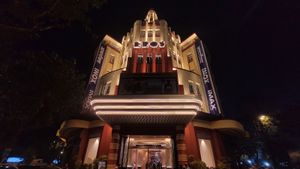Till two years ago, the Afghan War Memorial Church at the southern-most tip of Navy Nagar, Colaba was a dismal sight. The imposing 165-year-old structure was in a state of neglect, with many of its beautiful stained-glass windows either broken or cracked over the decades.
For residents of the neighbouring areas, it distressing to see their beloved church in such a decrepit state. However, sometime early this month, when my cab drove down the quaint lanes of Navy Nagar halting in front of the church, it seemed as if the monument had been restored to its former glory, its grand spire showcasing its splendid Gothic design.
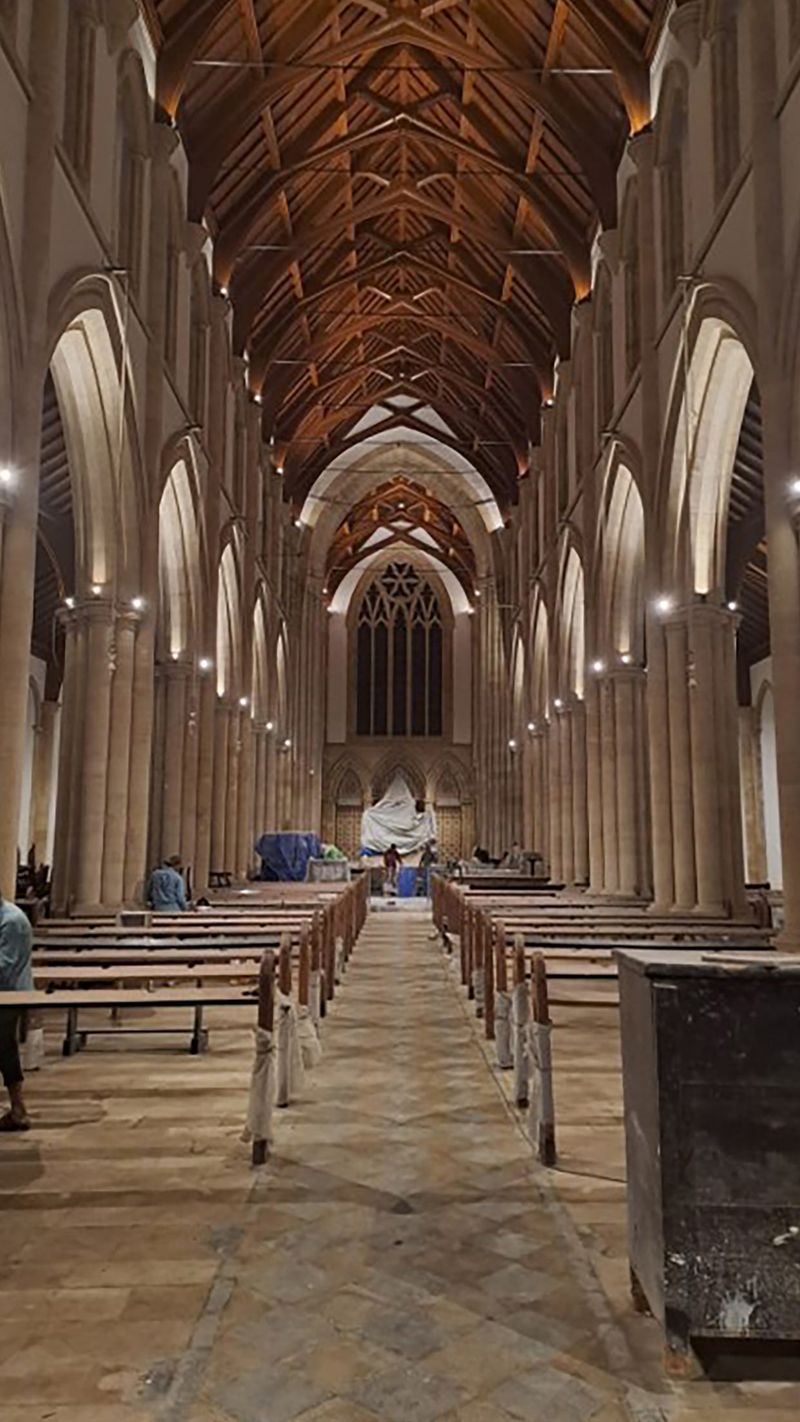
In March 2022, the World Monuments Fund India (WMFI) undertook the restoration of the Grade I heritage structure in collaboration with the Afghan Church’s Pastorate Committee & Custodian with funding support from Citi. Along with Conservation Consultant Kirtida Unwalla, they drew up a comprehensive conservation plan with Citi providing the funding needed to restore the structure and the surrounding premises.
A rich history
The Church of St John the Evangelist, commonly known as the Afghan Church, is an Anglican structure, affiliated with the Mumbai Diocese of the Church of North India and was constructed between 1847 and 1858. Designed by Henry Conybeare, the Afghan Church commemorates various regiments, including the Bombay Army, the Madras Army, the Bengal Army, and HM’s army, and other regiments who fought in the First Anglo-Afghan War I (1838- 1940) and Second Anglo-Afghan War II (1878-1880).
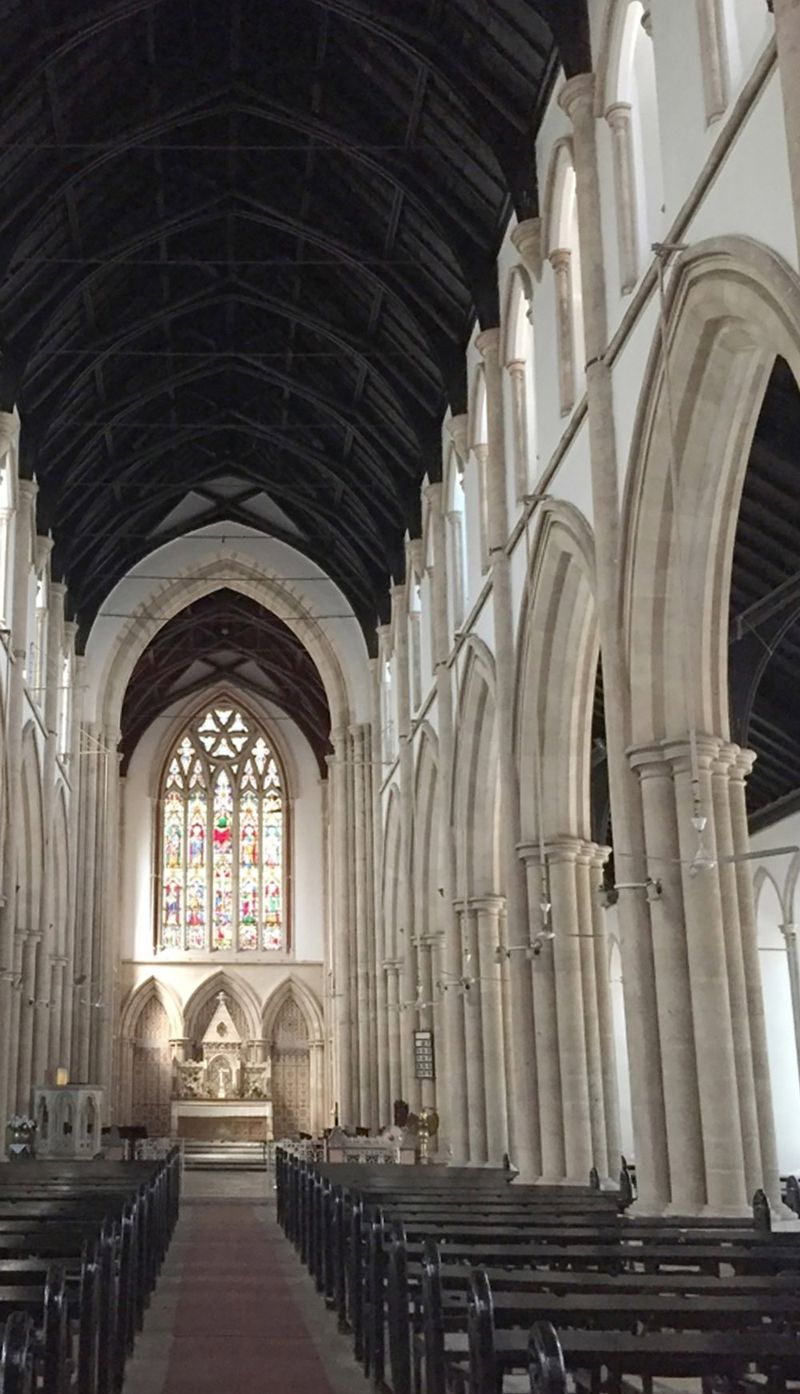
The church was built on land designated by the British government to honour the loss of lives of 4,500 soldiers and 12,000 of their camp followers in these wars. Its steeple could be seen as a landmark for ships approaching the harbour. The Church was a work in progress for many years with the consecration done by 1958 and interior works being carried on till 1907.
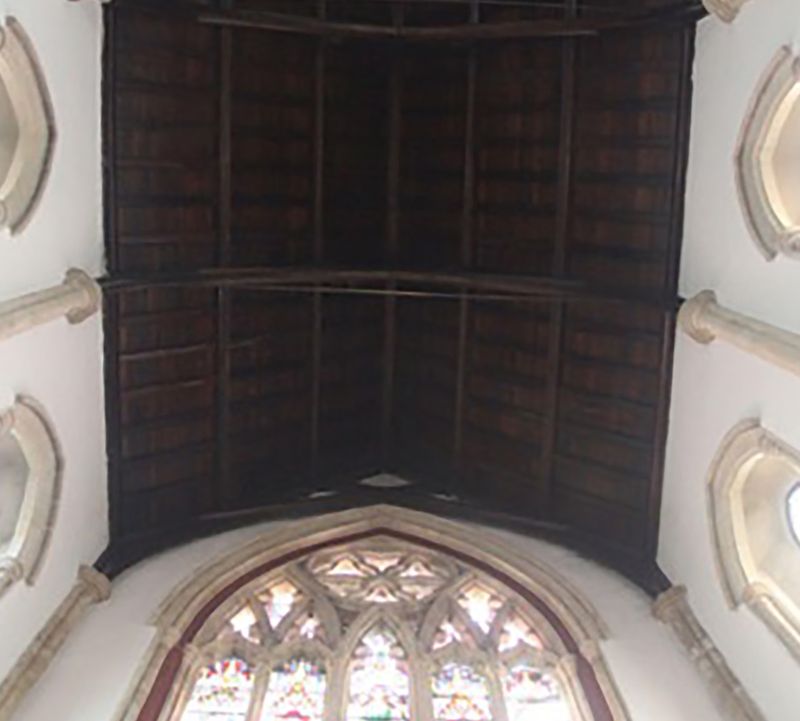
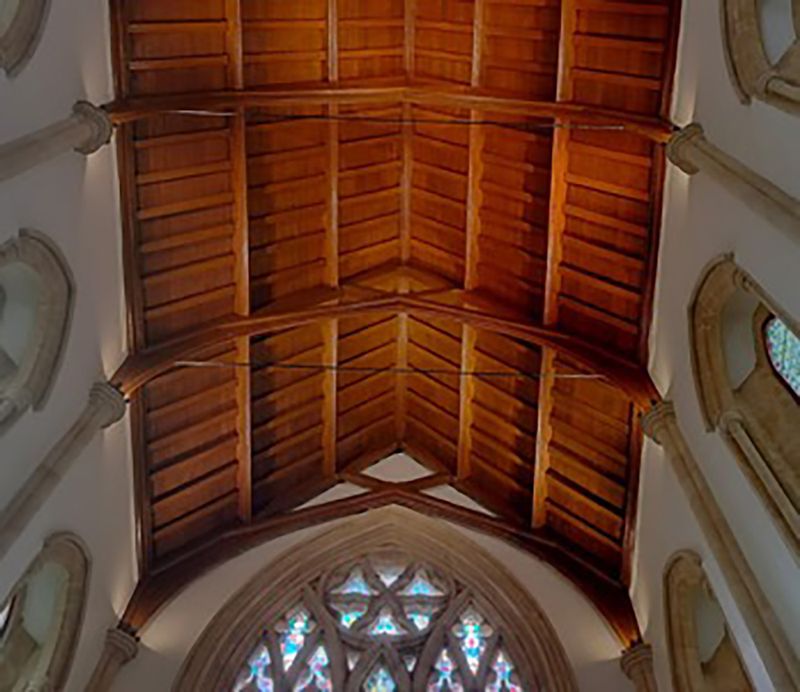
Superior stained-glass windows were fitted in with the great West Window designed by Sir William Wailes, the high teak ceilings and roof, and elegant metal screen designed by renowned Victorian architect William Butterfield, and executed by students of the Sir J. J. School of Art, Bombay under the supervision of another renowned artist M. J. Higgins. A prominent Parsee citizen, Sir Cowasjee Jehangir donated a princely sum for the tower. The bell tower had a peal of eight bells unrivalled in Western India.

Early work and initial hiccups
Unwalla calls the restoration of the Church “a dream come true” not just for herself but also for the Church committee. Associated with the conservation and restoration of the Church since 1998, she teamed up with glass conservator Swati Chandgadkar to take care of the stained-glass windows. The latter shared that while all the windows were built in 19th century tradition, they follow the painting techniques and the themes echoed in the 13-14th century Gothic revival movement. Along with mending the cracked stained-glasses and replacing the broken ones, they also took care of the frameworks in which the windows were fitted in. When funding became an issue, Amita Baig, executive director of WMFI stepped in, asking Unwalla to prepare a report on the historic structure and the restoration work resumed in March 2022.
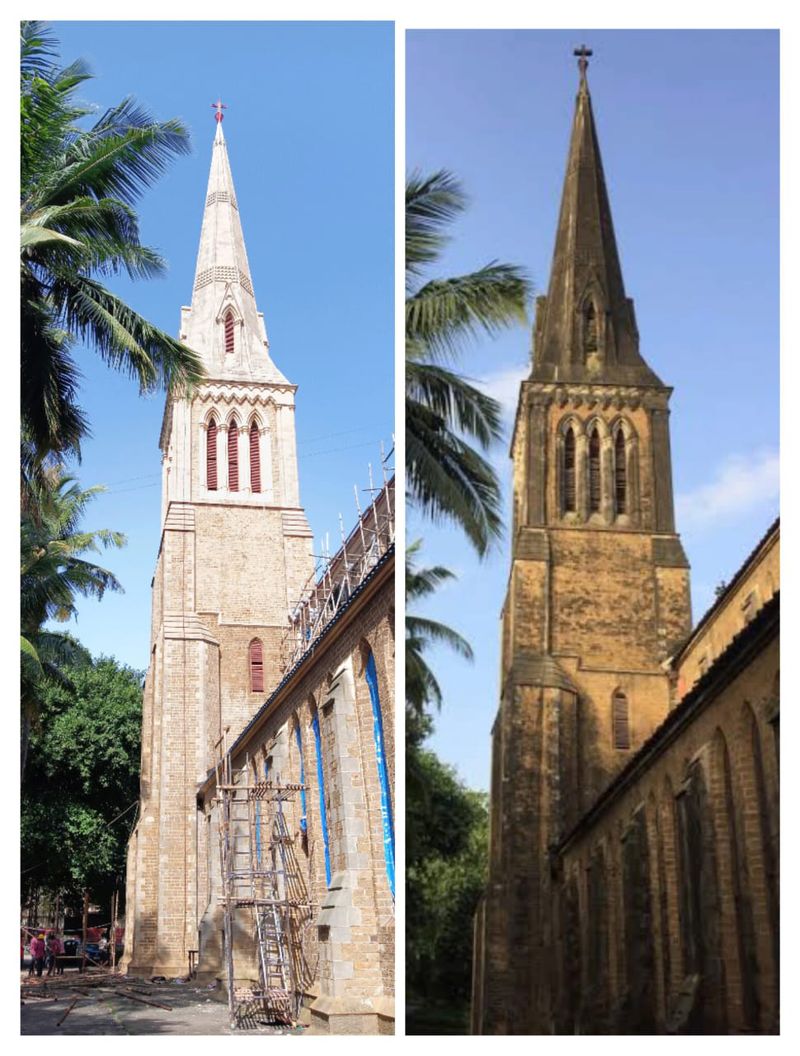
The newly-restored church
Many different teams worked in tandem to bring the Church back to its former glory. Anupam Sah, art conservator, shared that they were requested by Unwalla to help conserve the material elements in the Church which included stone elements, the pulpits, the mosaic, metal screens and plaques and the baptism font among others. “The task was to ensure the longevity of these elements as well as the message that these objects want to convey,” he said. Pointing towards the altar, Sah said that salts from the earth had risen up covering the Porbunder Limestone walls and pillars. Clay poultice was applied and the salts drawn out. The corrosion on the brass and metal plaques was removed applying scientific methods. The restoration of the old roof, altar, flooring, artefacts inside the church, the spire and bell tower, the metal screen and mosaic wall were some of the highlights of the project.

According to Sangita Jindal, Chairperson of JSW Foundation and Board Member of World Monuments Fund India, the Afghan Church is a remarkable gem in India's ecclesiastical architecture serving as a guiding beacon for ships entering Bombay Harbour. “Recognising the Afghan Church's architectural brilliance and its role as a poignant war memorial is crucial on a national scale. This restoration project sparks renewed interest in conserving India's cultural heritage. I am confident that the newly restored church will reclaim its status as a vibrant social landmark in Mumbai,” she said. In the coming days, the Church plans to host public concerts, art shows and other cultural events in order to reinstate its role as a vibrant cultural and community hub.


_1710150155183_thumb_1200.jpeg?w=3840&q=75)
